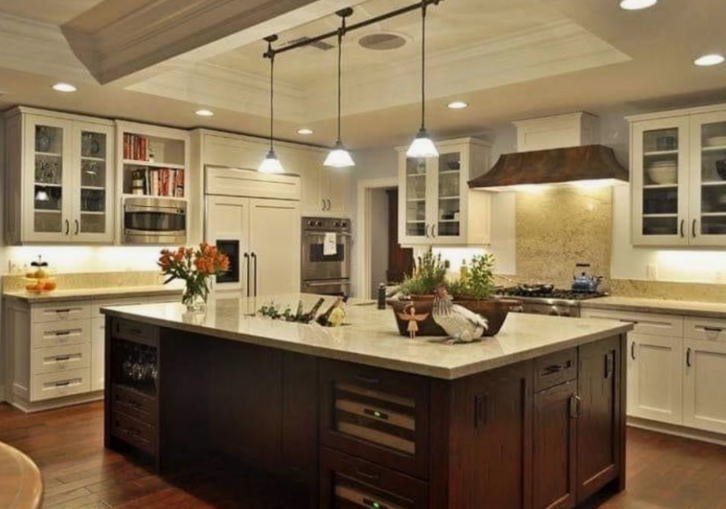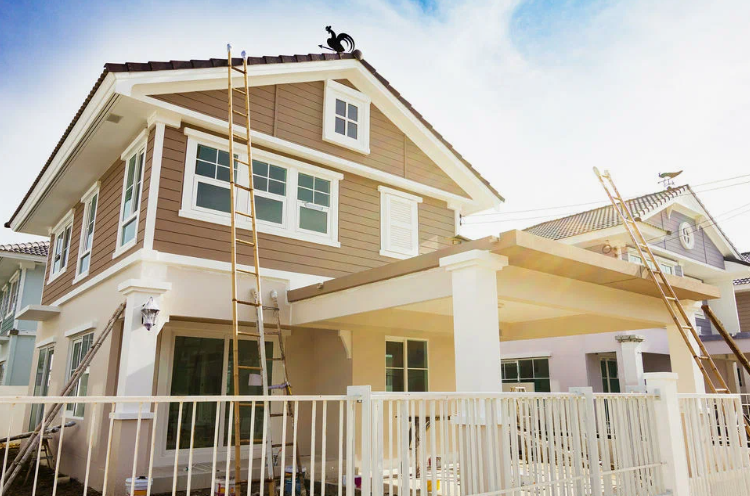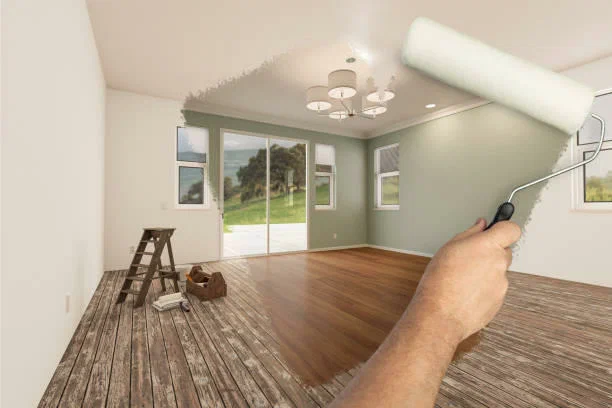Discover what is a French drain, how it works, and why it’s essential for effective drainage. Learn installation tips and benefits in this complete guide.
If you’ve ever dealt with standing water in your yard or a damp basement, you know how frustrating poor drainage can be. A French drain is an effective and simple solution to redirect excess water away from your home, preventing water damage, erosion, and flooding issues. In this guide, we’ll cover everything you need to know about what is a French drains, including how they work, their benefits, installation steps, and maintenance tips.
Table of Contents
What is a French Drain?
A French drain is a drainage system designed to redirect water away from an area using a slightly sloped trench filled with gravel and a perforated pipe. It allows water to flow naturally through the gravel into the pipe and then be safely carried away from your home or landscape.
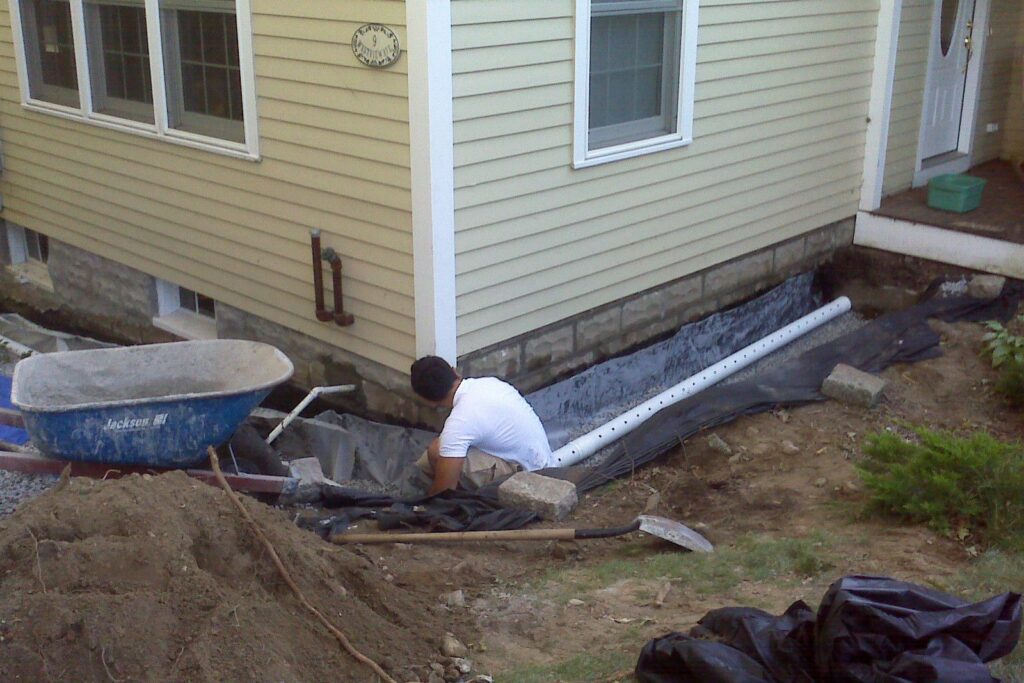
This system is commonly used to prevent water buildup in yards, around foundations, or in basements, reducing the risk of water damage.
How Does a French Drain Work?
A French drain works by providing a path of least resistance for water to flow away from problem areas. Here’s how it functions:
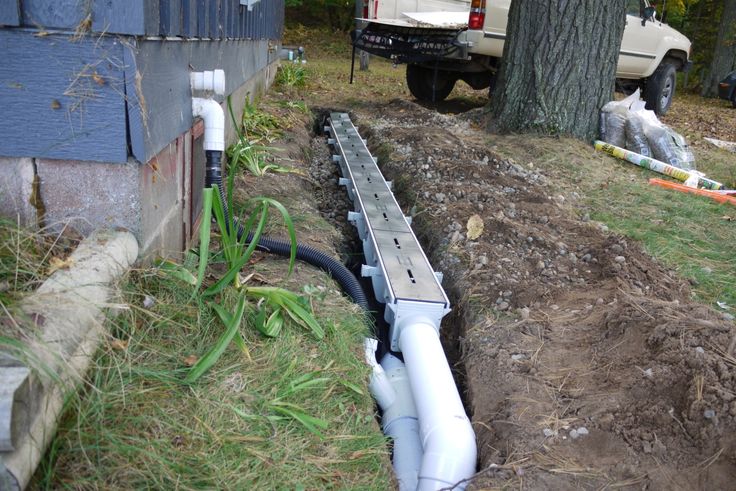
- Water Collection – Surface water or groundwater seeps into the trench.
- Gravel Filtration – The gravel surrounding the pipe helps filter debris while allowing water to flow through.
- Perforated Pipe – Water enters the pipe through small holes and moves freely through the system.
- Gravity-Driven Flow – The trench is sloped downward, directing water away from the problem area to a designated drainage point, such as a storm drain, dry well, or a lower part of your yard.
When Do You Need a French Drain?
French drains are useful in multiple situations, including:
1. Yard Drainage Problems
If your yard collects water after heavy rain and turns into a swampy mess, a French drain can help redirect excess water and prevent soggy lawns.
2. Basement Water Issues
A damp or flooded basement is often caused by poor drainage around the foundation. A French drain installed around the perimeter of your home can keep your basement dry.
3. Erosion Control
If rainwater causes soil erosion in your yard, installing a French drain can help control water flow and protect your landscaping.
4. Preventing Foundation Damage
Excess water near your foundation can lead to cracks, mold, and structural damage. A French drain helps prevent these costly issues by redirecting water away from your home.
Types of French Drains
There are several types of French drains designed for different applications:
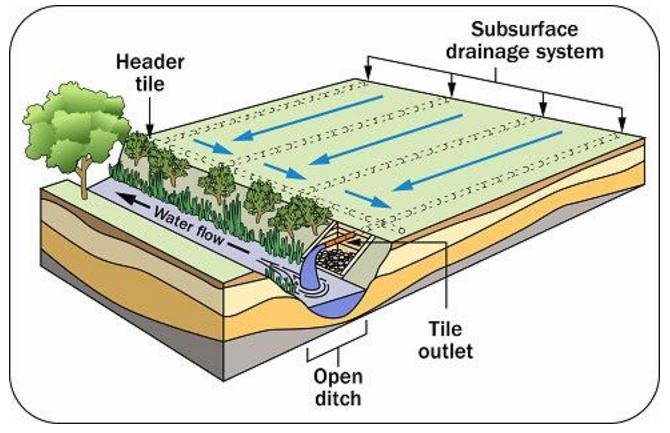
1. Surface French Drain
- Installed just below the surface
- Ideal for managing excess rainwater in flat yards
- Helps prevent puddles and soil erosion
2. Deep French Drain (Foundation Drain)
- Installed around the perimeter of a home’s foundation
- Prevents basement flooding by redirecting groundwater
- Often used with sump pumps for extra protection
3. Interior French Drain
- Installed inside the basement along the foundation walls
- Helps keep basements dry by collecting and diverting water to a sump pump
4. Curtain Drain
- A shallow trench that redirects surface and groundwater
- Ideal for keeping water away from homes on slopes
How to Install a French Drain (Step-by-Step Guide)
Installing a French drain requires some digging and planning, but it’s a manageable DIY project if you follow these steps:
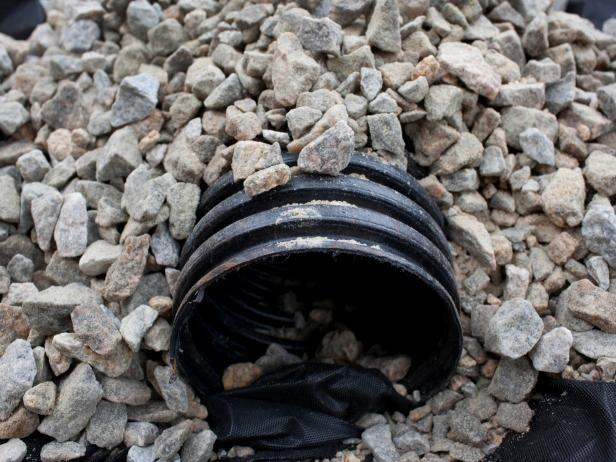
Step 1: Plan the Drainage Path
- Identify where the water problem occurs and where the water should be directed.
- Choose a drainage outlet such as a storm drain, dry well, or a lower area of your yard.
Step 2: Mark and Dig the Trench
- Use spray paint or string to mark the trench path.
- Dig a trench about 12 to 18 inches deep and 6 to 12 inches wide with a slight slope (1 inch per 8 feet) for proper water flow.
Step 3: Add Gravel Base
- Pour a few inches of coarse gravel into the bottom of the trench to allow water to flow easily.
Step 4: Place the Perforated Pipe
- Use a perforated PVC or corrugated drain pipe and lay it in the trench with the holes facing downward.
- Wrap the pipe in a landscape fabric to prevent dirt from clogging the holes.
Step 5: Cover with More Gravel
- Add more gravel around and on top of the pipe, leaving about 2-3 inches of space from the top of the trench.
Step 6: Cover with Soil or Grass
- Cover the trench with landscape fabric to prevent dirt from entering.
- Fill the rest of the trench with topsoil or sod to blend it with the yard.
French Drain Maintenance Tips
To keep your French drain working effectively, follow these maintenance tips:
- Regularly check for clogs – Leaves, dirt, and debris can block the pipe.
- Flush the pipe with a garden hose every few months to clear buildup.
- Ensure proper slope – Over time, soil shifts, which may reduce the drain’s effectiveness.
- Keep the outlet clear – The end of the pipe should always remain open and unobstructed.
French Drain vs. Other Drainage Solutions
French drains aren’t the only drainage option available. Here’s how they compare to other common solutions:
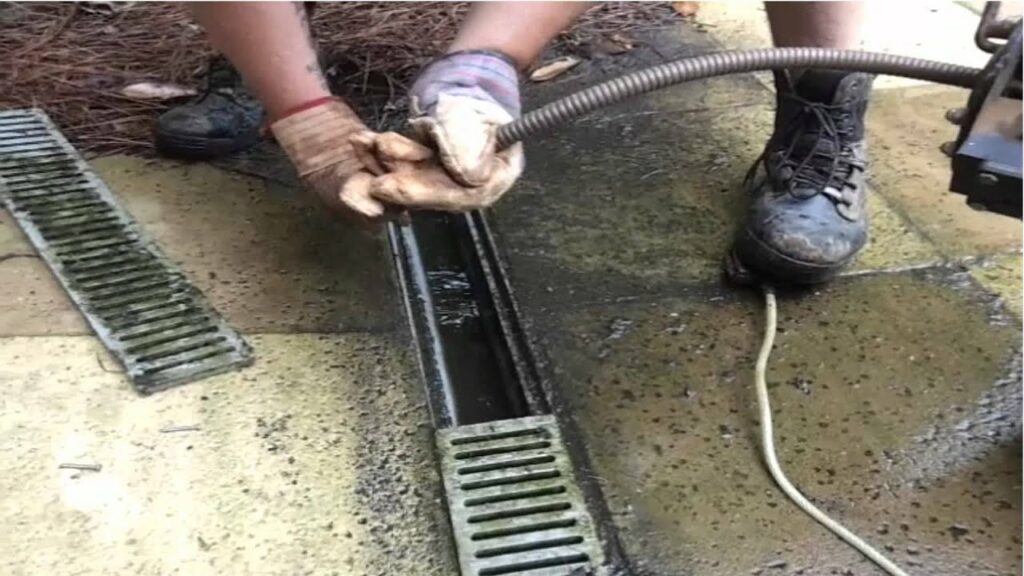
| Drainage Solution | Best For | Pros | Cons |
| French Drain | Yard & Basement Drainage | Effective, long-lasting | Requires trench digging |
| Trench Drain | Driveways & Patios | Handles heavy water flow | Can be costly |
| Dry Well | Managing Large Water Volume | Eco-friendly, good for groundwater recharge | Needs regular maintenance |
| Swale | Large Landscapes | Natural, low-cost | Takes up more space |
Cost of Installing a French Drain
The cost of a French drain varies depending on size and location:
- DIY Installation: $5–$10 per linear foot
- Professional Installation: $20–$50 per linear foot
- Basement French Drain: $2,000–$6,000
While hiring a professional is more expensive, it ensures proper installation and long-term durability.
Conclusion
A French drain is an excellent solution for managing excess water and protecting your home from moisture-related damage. Whether you’re dealing with a soggy yard, basement leaks, or foundation issues, this drainage system can provide an effective and lasting fix.
By understanding what is a french drain, how French drains work, when to install them, and how to maintain them, you can make an informed decision to keep your property dry and well-protected.
If you’re experiencing drainage problems, consider installing a French drain today and enjoy a drier, healthier home and landscape!
Explore More : Remodeling Design Trends: What’s Hot in 2025

James Smith
The author behind the web blogs at Hands You Can Trust Construction is James Smith, a seasoned writer with over 10 years of experience in the construction industry. Specializing in delivering expert advice on construction, home improvement, and renovation topics, James combines his extensive industry knowledge with a passion for writing. His blogs provide readers with practical, well-researched content that helps homeowners make informed decisions about their construction projects. As part of E.Arias & Co, reflects the company’s dedication to quality, reliability, and customer satisfaction.

